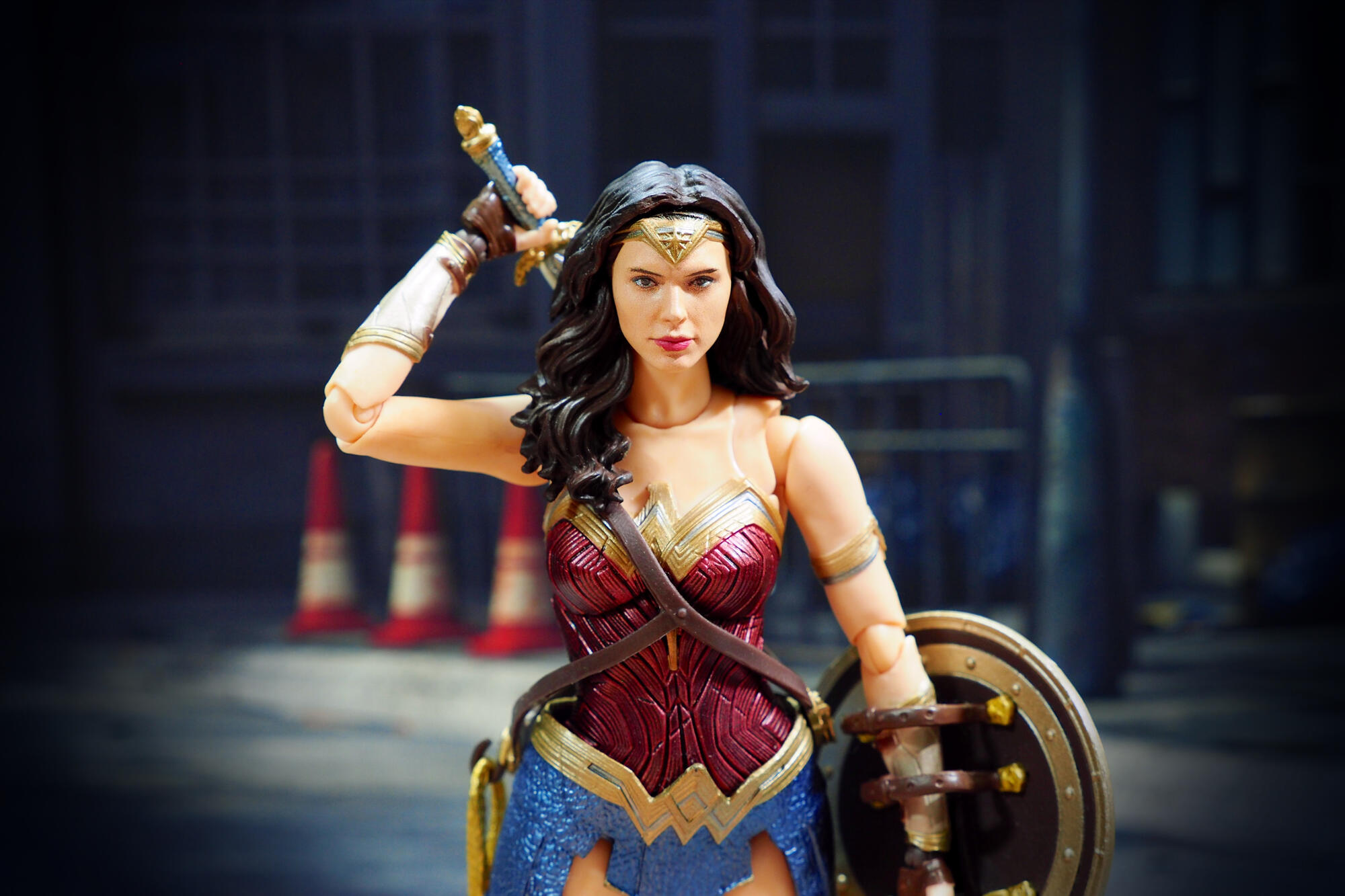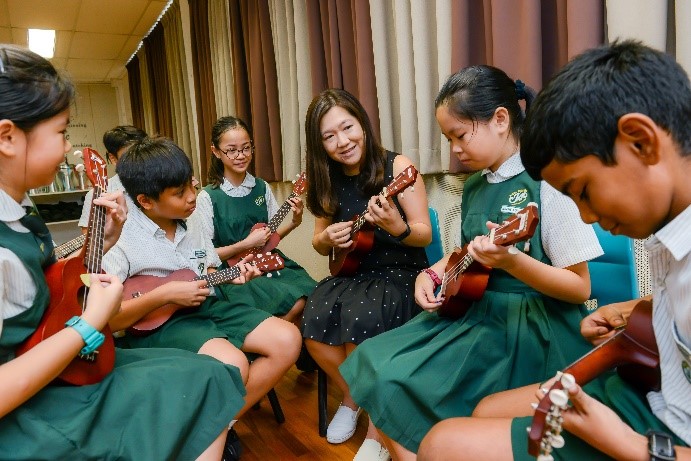Before Wonder Woman became Wonder Woman, she was Diana, daughter of Hippolyta, queen of the Amazons.
Brought up on an isolated Greek island, Diana learns one fateful day that the outside world has been invaded by evil Axis military forces. Realising that only she can put an end to the madness of war by defeating the invaders, Diana departs from her home for the first time, eventually uncovering her purpose and achieving final victory.
On another continent and timeframe, a remarkably similar story takes place. Before Mulan became Mulan, she was the daughter of a retired warrior in ancient China.
One fateful day, Mulan learns that the Central Plains of China have been invaded by barbarians. Convinced that only she can take her aged father’s place to defend the country, Mulan leaves her home for the first time, ultimately harnessing her potential and discovering her true destiny.

Notice a pattern? Both Mulan and Wonder Woman are variations of the same basic narrative structure, described by literary theorists like Joseph Campbell—in his seminal 1949 work The Hero with a Thousand Faces—as a ‘monomyth’.
All stories, in other words, have the same pattern; they can be analysed to unearth certain elemental building blocks. Both the stories of Mulan and Wonder Woman unfold through a series of stages that critics like Christopher Booker have termed a ‘Quest’ narrative:
- Call to Adventure: The protagonist discovers a crisis, and only she can remedy the situation by embarking on an adventure.
- Journey through Challenges and Temptations: She goes forth into hostile territory, suffering painful ordeals and resisting alluring temptations.
- Revelation and Descent to an Abyss: Just at the edge of achieving her goal, she is confronted with overwhelming obstacles, revealing her strength of character. But she sinks to an abyss that threatens her self-confidence.
- Transformation and Atonement: The protagonist finds herself transformed by the tests that she undergoes; she atones for all her errors during a final battle.
- Return to Victory: She finally achieves her goal, returning triumphant.

(Image credit: Wikimedia, public domain)
Does this structure mean that storytelling is merely formulaic and mechanical?
Far from it. As writing instructor James Bonnet observes, a great story owes its greatness to its mastery of metaphors; it is the unique metaphors within stories that allow them to appear fresh and unique despite the similarity of their underlying structures.
“Like the stories’ eponymous heroines, don’t we too seek to overcome our weaknesses so that we can triumph over the ordeals of our lives?”
In the case of Mulan and Wonder Woman, both narratives feature strong and independent women who are more than capable of fighting alongside men in the battlefield. Of course, the archetype of the woman warrior is nothing new; consider legendary figures like Boudicca or Joan of Arc. But in a post-#MeToo world, there is a new resonance in the portrayal of such counter-stereotypical female figures who defy the objectification of the male gaze by resisting conventional conceptions of war as inherently masculine.
Mulan and Wonder Woman have much to impart to us about gender roles and female empowerment. But they are enduring stories because they are also ultimately about ourselves, regardless of whether we identify as male or female. Like the stories’ eponymous heroines, don’t we too seek to overcome our weaknesses so that we can triumph over the ordeals of our lives? Isn’t the struggle itself worthy? In the face of danger, as Mulan reminds us in the 2020 film: “it is [our] duty to fight.”
| To find out more about how Literature applies to daily life, you can read this piece with Senior Curriculum Specialist and Assistant Director for Literature (Secondary), Ms Meenakshi Palaniappan’s thoughts on the matter.
You can also head here for another example of how Mr Ow Yeong links Literature to film. |






.jpg)